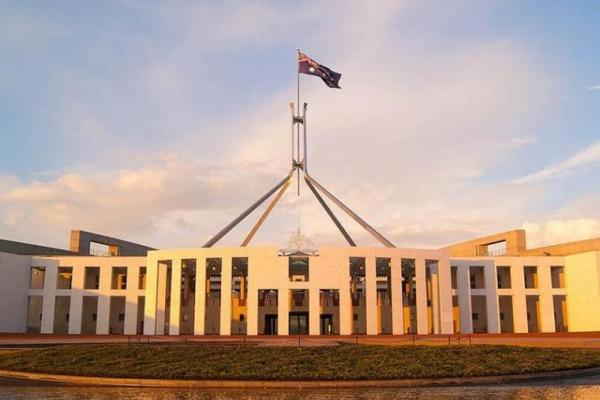Published on the 24/08/2016 | Written by James Riley

The 2016 Census and its steaming #CensusFail epitaph may yet prove useful to government…
#CensusFail is the story of digital transformation in government. It is hard. But as important to good government as the five-year census is, this failure in delivery could have been much worse. Can you imagine if the welfare payments system toppled over? Then it’s no longer a matter of a national inconvenience; that kind of disaster puts people’s lives at risk, many of them at the margins of society. Digital transformation in government is littered with world-famous failures, and Census 2016 has now taken its place in that miserable pantheon. But over time, the government is likely to be judged less on the failure as it is on how it handled the aftermath. Because this debacle provides a powerful call-to-action. Malcolm Turnbull and his assistant minister for Digital Transformation Angus Taylor would do well to look at Barack Obama’s response to his own monumental failure – the launch of the Healthcare.gov website – for inspiration. With the benefit of hindsight we can see that it wasn’t the failure that mattered, but what happened afterwards that had lasting impact. This was the US Government’s own canary in the coalmine, the moment where digital culture moved to the centre of administrative process. Healthcare.gov is a digital service that was originally created by the traditional bureaucrats. It failed in a spectacular way. Launched in October 2013 in a country of 300 million people, just six people were able to successfully sign-up to it on Day One. The failure led to the creation of a group called the Tech Surge, a group of Silicon Valley specialists who worked on the urgent digital remediation of the site, and led to the creation of the US Digital Service and to the 18F (two US equivalents to Australia’s Digital Transformation Office.) Both the US Digital Service and 18F are now powerful forces at the heart of administrative government. The USDS is in the executive office of the White House, while 18F is a digital wing of the bureaucracy (the US General Services Administration.) Healthcare.gov (AKA ObamaCare) was a famously costly political battle for the President, just to get the legislation passed. The fact that its implementation was so badly botched was an excruciating embarrassment. Getting the service fixed quickly was an all-hands-on-deck effort. There are stories of the President personally calling leading candidates for digital roles, telling them – literally – that the country needed their help. But the changes being wrought went much deeper, right from the start. Procurement reform was at the top of the agenda in the US – making it easier for departments and agencies to get faster and easier access to the people, skills and technology platforms that improve services. (And just as an aside. Under the Affordable Healthcare Act – ObamaCare – 20 million more people in the US now have health insurance. The system is on track to save the US Government US$2.6 trillion between 2014-2019. This is not a trivial exercise. Delivery is everything.) And this is where we have arrived with #CensusFail. Malcolm Turnbull can yell at the wind about the Census all he wants. But the response will require fast and highly visible action. And this is not about a “heads will roll” response. People want to see improvements, and government must earn back trust. The Prime Minister has spent ten months urging the public service to be innovative and to take risks. He has devoted energy and political capital trying the break-down the defensive culture and conservatism in the APS. His initial response to #CensusFail is undoing all that. Finding individuals to sack won’t fix the institutional problems across government. And it won’t help him with the electorate. But if he is able to use #CensusFail to make headway in the broader digital transformation of government, then he will have achieved a great deal. This is not a time to reduce the push toward digital reform in government. The challenge of #CensusFail is an opportunity (does this sound familiar?) to recalibrate the efforts that are already underway. This should not require a doubling-down of risk, or a doubling-down of investment. But it is fair to say that there is going to be more pain in our future as government comes to grips with these issues. This must include an overhaul of technology procurement, which is painfully unsuitable to the needs of agencies. And there must be changes to how government attracts private sector skills into the public service on projects that matter. The Census 2016 was a painful and expensive experience. But the reality is that it arrived just in time. It should provide momentum for change. This article first appeared on InnovationAus.com. ABOUT JAMES RILEY// James Riley is Editorial Director of InnovationAus.com. You can follow him on Twitter at @888riley.
James Riley is Editorial Director of InnovationAus.com. You can follow him on Twitter at @888riley.



























